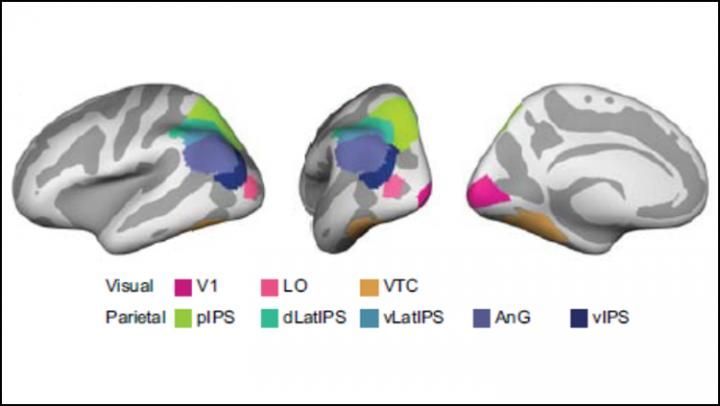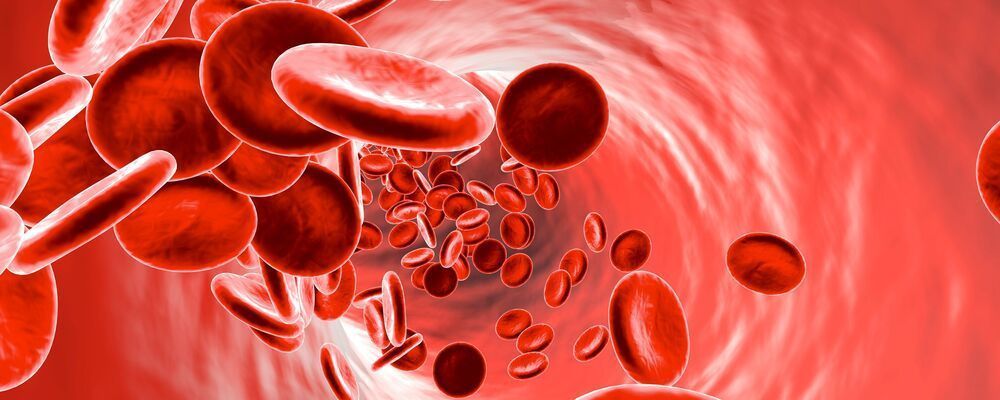A supernova-like explosion dubbed the Camel appears to be the result of a newborn black hole eating a star from the inside out.



A fireball that lit up the sky over the United Kingdom and Northern Europe on February 28 was an extremely rare type of meteorite. Fragments of the space rock discovered on a driveway in the Cotswolds could provide answers to questions about the early history of the solar system and life on Earth. Almost 300 grams (10.6 ounces) of the meteorite have been collected from the small Gloucestershire town of Winchcombe by scientists, who said the rock was formed of carbonaceous chondrite. The substance is some of the most primitive and pristine material in the solar system and has been known to contain organic material and amino acids — the ingredients for life.
The Natural History Museum in London said the fragments were retrieved in such good condition and so quickly after the meteorite’s fall that they are comparable to rock samples returned from space missions, both in quality and quantity. “I was in shock when I saw it and immediately knew it was a rare meteorite and a totally unique event. It’s emotional being the first one to confirm to the people standing in front of you that the thud they heard on their driveway overnight is in fact the real thing,” said Richard Greenwood, a research fellow in planetary sciences at The Open University, in a statement from the museum. He was the first scientist to identify the meteorite.
There are approximately 65000 known meteorites on Earth, the museum said. Only 1206 have been witnessed to fall, and of these, only 51 are carbonaceous chondrites. The fireball was seen by thousands of eyewitnesses across the UK and Northern Europe and was captured on home surveillance and other cameras when it fell to Earth at 9:54 p.m. GMT on February 28. The original space rock was traveling at nearly 14 kilometers per second before hitting the Earth’s atmosphere and ultimately landing on a driveway in Winchcombe. Other pieces of the meteorite have been recovered in the local area. Footage of the fireball shot by members of the public and the UK Fireball Alliance camera networks helped locate the meteorite and determine exactly where it came from in the solar system, the museum said.
During Parker Solar Probe’s seventh swing by the Sun, culminating in its closest solar approach, or perihelion, on January 172021, celestial geometry posed a special opportunity. The configuration of this particular orbit placed Parker Solar Probe on the same side of the Sun as Earth — meaning that Earth-bound observatories could observe the Sun and its outpouring of solar wind from the same perspective as Parker’s. This comes on the heels of a similar observation campaign in the winter of 2020.
“Along with the global science community, the Parker Solar Probe team can’t wait to see this new data,” said Nour Raouafi, the Parker Solar Probe project scientist from the Johns Hopkins Applied Physics Laboratory in Laurel, Maryland. “Combining it with contributions from observatories around the globe will help us to put Parker observations in a broader context and build a complete picture of the phenomena observed in the solar atmosphere.”
Read on for snapshots from a few missions that observed the Sun and the solar system during Parker Solar Probe’s seventh solar encounter.


Amy Corzine.
Utter waste of time. Trees do it already. We simply need more trees. For our physical and mental health.
1 Reply.
Bieke Cannaerts.
NOOOOOOooo!!! “Leave” nature alone!!!
View 13 more comments.
Imagine this: In the far, far future, long after you’ve died, you’ll eventually come back to life. So will everyone else who ever had a hand in the history of human civilization. But in this scenario, returning from the dead is the relatively normal part. The journey home will be a hell of a lot weirder than the destination.
Here’s how it will go down: A megastructure called a Dyson Sphere will provide a superintelligent artificial agent (AI) with the enormous amounts of power it needs to collect as much historical and personal data about you, so it can rebuild your exact digital copy. Once it’s finished, you’ll live your whole life (again) in a simulated reality, and when the time comes for you to die (again), you’ll be transported into a simulated afterlife, à la Black Mirror’s “San Junipero,” where you’ll get to hang out with your friends, family, and favorite celebrities forever.
Yes, this is mind-boggling. But someday, it might also be very real.

On track to hit the hundreds of thousands that they projected for 2025?
Honeywell has upgraded the commercial trapped ion quantum computer System Model H1 and achieved a quantum volume of 512. This is four times higher than when it was released in September 2020 with a quantum volume of 128. This is the highest measured on a commercial quantum computer to date. It is the third time in nine months Honeywell has set a record for quantum volume on one of its systems.

Creating 200 billion-plus brand-new red blood cells a day can take a toll on a body. The capacity to replace components charged with the life-sustaining task of carrying oxygen eventually wears out with aging, resulting in health problems, from anemia to blood cancers.
What if we could halt the aging process and maintain young blood cells for life? With blood cells making up a whopping 90% of the body’s cells, it makes sense that keeping them abundant and fit could boost vitality into our golden years.
Now, a group of researchers, including experts at the University of Colorado Anschutz Medical Campus, has discovered ways to do just that – keep the blood manufacturing process flowing. The work, recently published in the journal Nature, could open doors to everything from disease-preventive therapies to better blood banks.
SpaceX’s Starship SN11 prototype rolled out to its test stand Monday (March 8) at the company’s facility near Boca Chica Village in South Texas.
It’s been less than a week since SpaceX’s epic Starship SN10 rocket landing (and subsequent explosion) and the company is already gearing up for another test flight.
The latest Starship incarnation, the SN11 prototype, rolled out to its test stand Monday (March 8) at SpaceX’s proving grounds near Boca Chica Village in South Texas ahead of an upcoming launch. It is expected to launch on SpaceX’s fourth high-altitude Starship flight soon.
